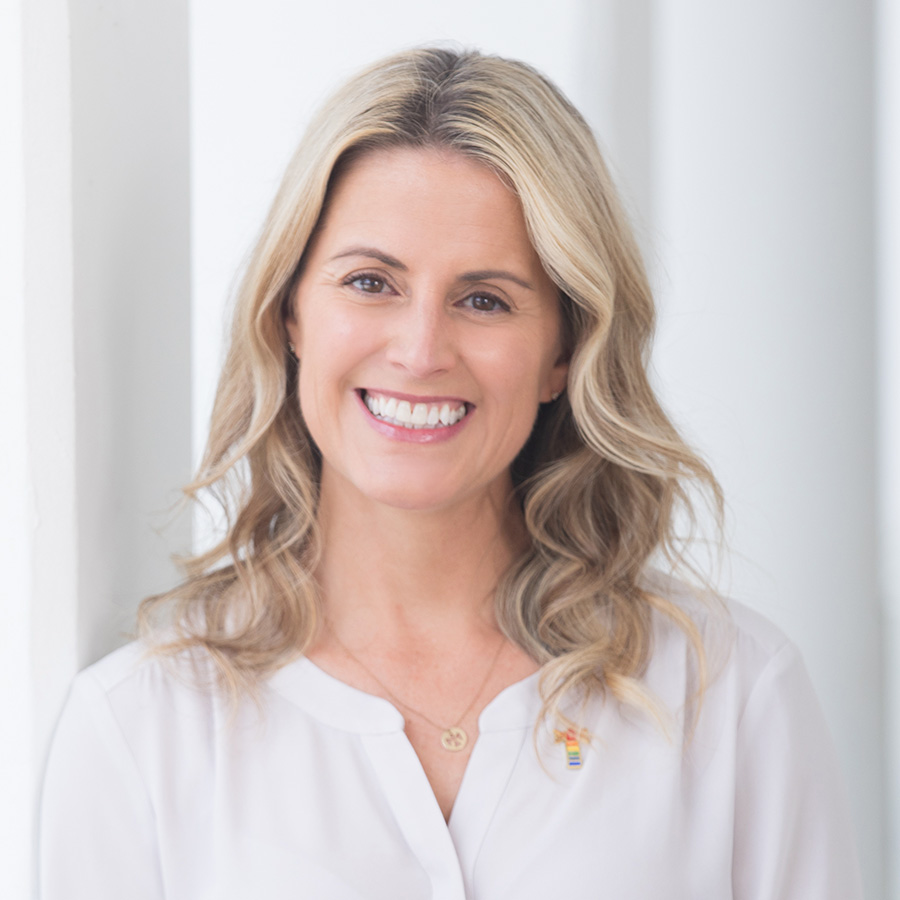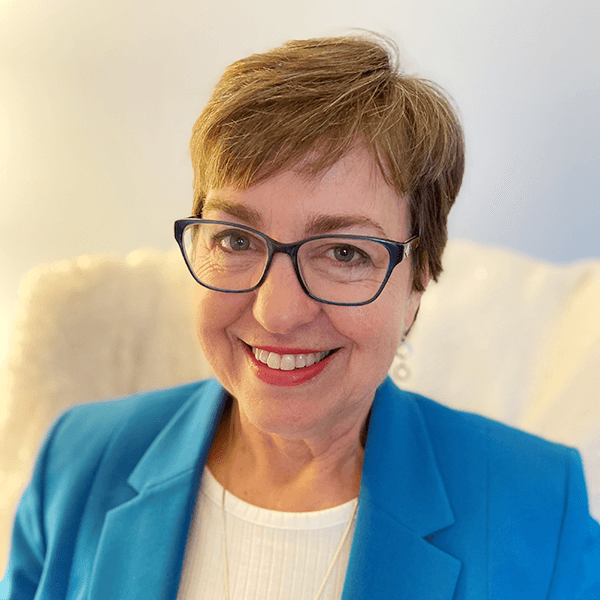The youth group has circled up in the sanctuary of a historic Lexington, Kentucky, church. Teenagers and pre-teens talk over one another as they generate ideas and build off each other’s energy. A whiteboard fills with phrases like “school-desk anxiety,” “cell phone addiction” and “masks we wear.”
The Rev. Holly Fuqua, associate minister at South Elkhorn Christian Church, balances her encouraging “yes, and” comments with the subtle nudging needed to keep the conversation focused as they plan the upcoming Youth Sunday.
With “God is the Light” as this year’s theme, group members brainstorm how they could simulate a lighthouse in their worship space.
“Because this is Youth Sunday, we should make it extravagant!” group member Garrett Paden says.
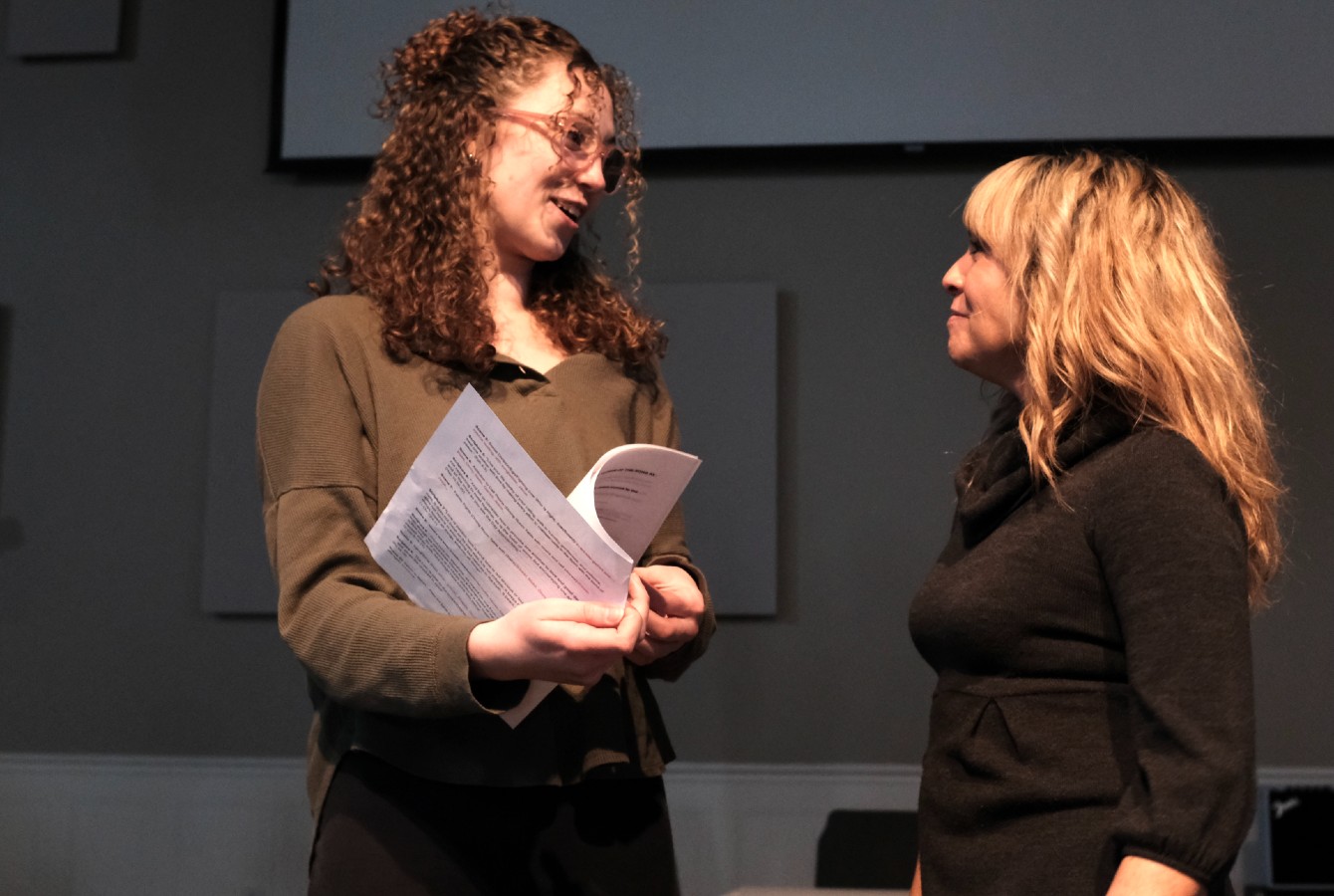
The response is enthusiastic, and the conversation detours into all the possible ways to construct that lighthouse until Fuqua gently steers them back on track. Under her guidance, and with the assistance of the Rev. Dain Smith, the church’s discipleship minister, the service is taking shape.
The young people will intersperse Scripture readings related to light with vignettes of everyday life into which Jesus enters, providing illumination, comfort and assurance in the face of division, distraction and death. After talking about assigning parts for the service, the young people stand and hold hands as Smith closes with a prayer.
While this may sound like a typical youth group meeting, there’s something special about the spirit of this community, how it was built and how they sustain it. Seventeen youth are participating on this particular Sunday, including several high school juniors and seniors; about 40 are involved overall. Everyone around the circle contributes; no idea is shot down but is instead enfolded into the planning. The group takes the responsibility of leading worship seriously.
For people who know the youth ministry program at South Elkhorn, this is no surprise. Located on Lexington’s southeast edge, the church is ideally positioned for growth. It sits on prime real estate, surrounded by neighborhoods and within walking distance of several new businesses. It is one of the oldest continuously worshiping congregations in the state but has its eyes on the future. One vibrant example of this is that the youth are at the congregation’s forefront in transformative ways.
How do youth in your church view their place in worship and other leadership roles?
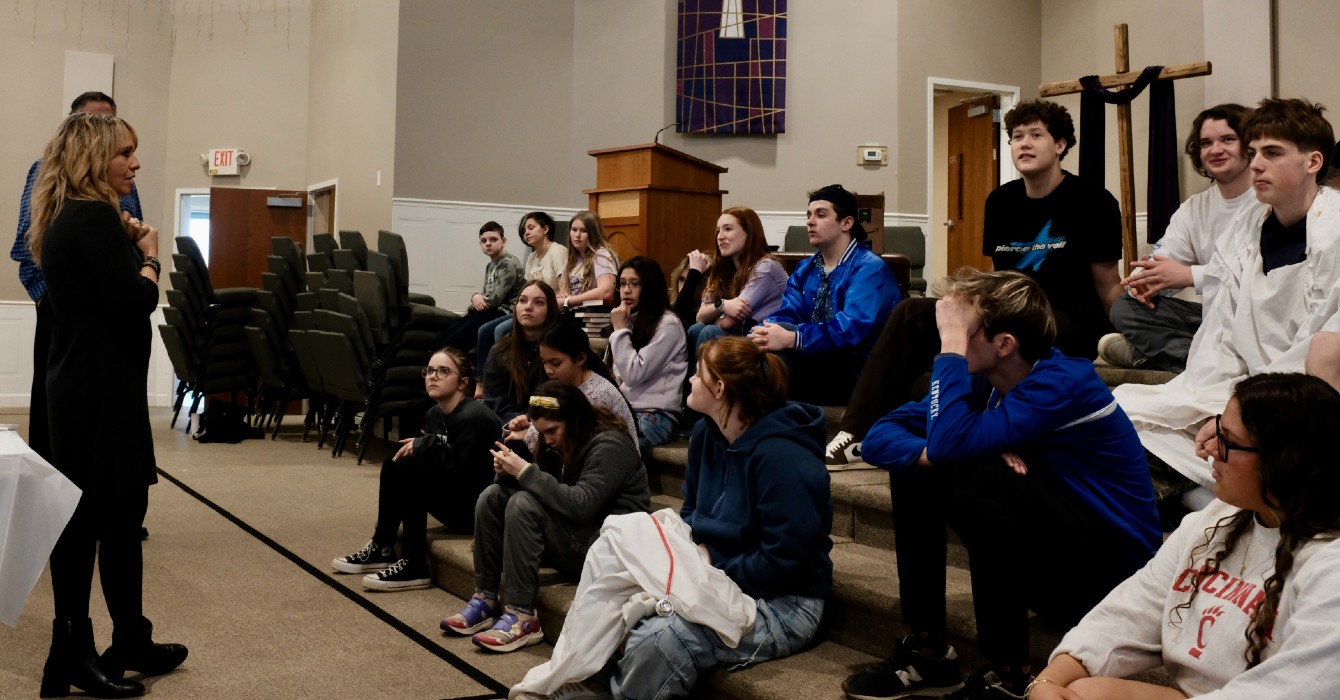
That’s a far cry from when Fuqua started at South Elkhorn 17 years ago. The youth ministry was “small in numbers but big in spirit,” she said, and there was no children’s programming feeding into it. Under her leadership, a critical mass of children and young people began to form as the church offered layers of support and opportunity.
As the kids grew into teenagers, their shared experiences and collective memories multiplied. This has resulted in a group with a strong sense of identity and genuine desire to be together. They go to the same summer church camp and serve on mission trips. Five who are now in college work at the church on Sunday mornings.
“Some of my best friends are those that I’ve met in the youth group,” junior Gunnar Brackney said.
Layers of support and opportunity are part of the experience at South Elkhorn. What might that look like at your church?
Building with vision
Feeling a sense of urgency, many churches will grasp at the latest gimmick to try to revitalize their youth programs rather than developing a comprehensive vision for that ministry. Those efforts often produce cotton candy results — a quick burst of energy that evaporates because it lacks substance. What makes South Elkhorn different? Several factors account for its effectiveness, and they start at the top.

The Rev. Michael Swartzentruber came to South Elkhorn as the senior minister 10 years ago from a youth ministry position. He understands the effect that youth can have in the life of the church.
“I know the difference it makes when the senior minister champions the youth,” he said, “and now I get to be that person.”
He is quick to shine the spotlight on Fuqua. “She’s an incredible person of faith and cares deeply about children and youth,” he said.
But magnetic personalities aren’t enough to sustain a quality youth program. Long-term success requires an eye toward the future, and Fuqua has been investing in children since she arrived at the church, Swartzentruber said.
“She began building up that program, and as young families started coming, she connected them to each other,” he said. “What we’re seeing now is the result of a decade or more of intentional work.”
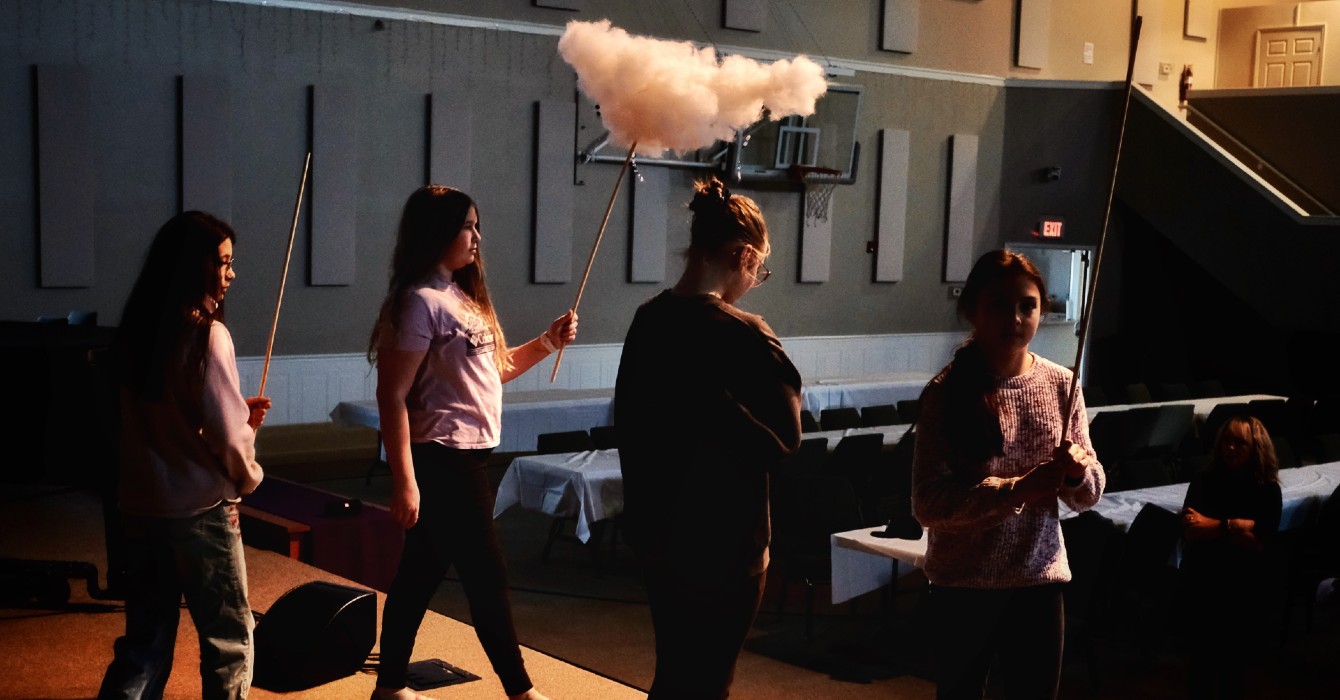
Fuqua’s long game has created consistency in the program and a deep reservoir of trust among the youth and their families. She has walked with them through hundreds of Sundays and thousands of moments of authentic interaction, including celebrations, tragedies and significant milestones.
“Some of the high school youth still come forward for the Children’s Sermon,” Fuqua said. “That’s pretty cool.”
A strong community
The relationships the youth have cultivated with each other over time also contribute to South Elkhorn’s tight-knit and welcoming youth group.
“Waking up early and going to church every Sunday gets me so excited,” said senior Brewer Conley, who was born into the church. “Getting to spend a few hours with such great people filled with so much love always centers my heart.”
It's not just cradle members who experience the strong sense of community at South Elkhorn, however.
“We’ve got five to 10 youth who show up on Sunday on their own,” Swartzentruber said. “They don’t have parents in the church; they get up and come by themselves. I told them that’s inspiring, and I celebrate that on Sunday.”
Fuqua affirms the importance of the connections the youth have built.
“I believe longevity is a big part of the relationships,” she said. “These kids that are now in high school and college have been raised with me.”
Are there tight-knit relationships among young people in your church? If so, how could you build on them?
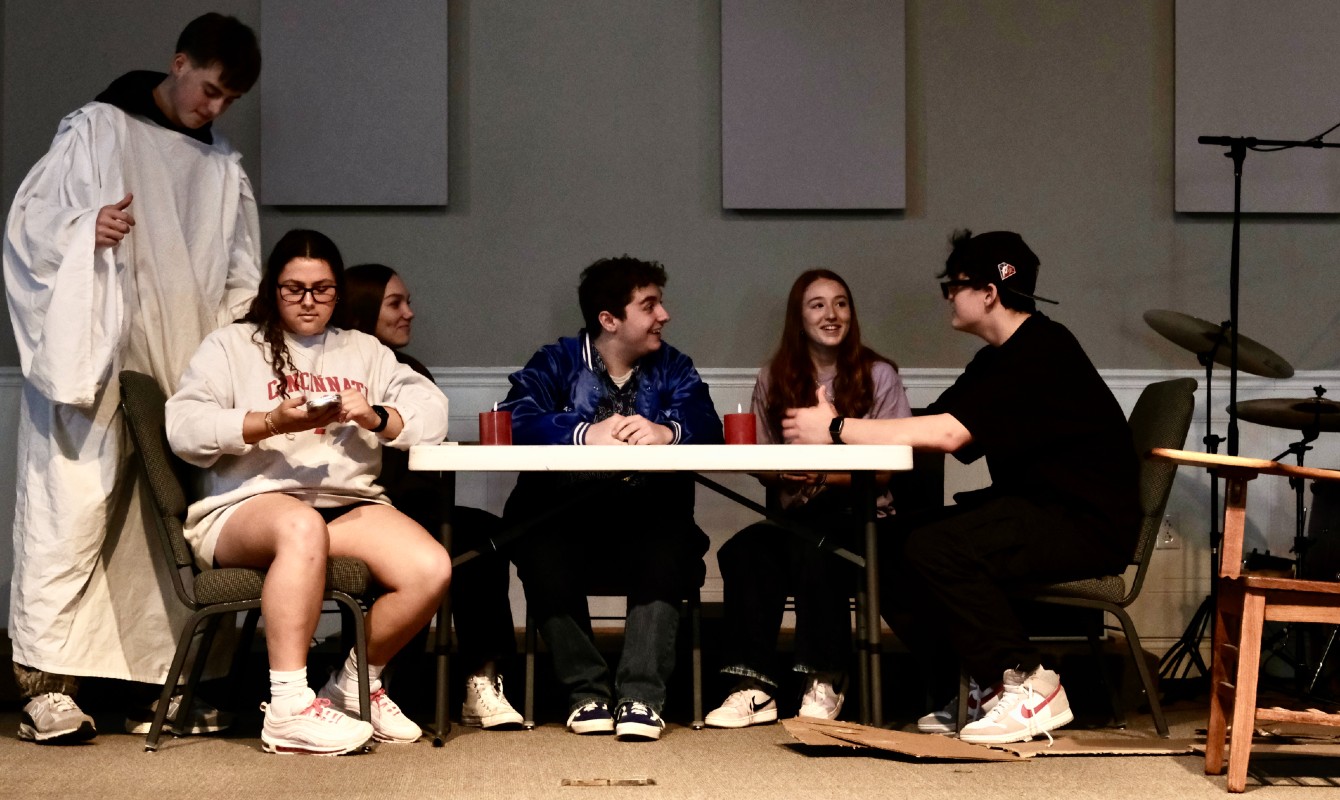
While the relationships the youth have with Fuqua and Swartzentruber are important, their relationships with one another are what really ground them. They provide support, accountability and much-needed acceptance.
“We have all created a safe space for each other that we get to go back to every Sunday,” junior Cora Breitigan said.
Empowering youth
A third factor contributing to South Elkhorn’s dynamic youth program is the way the congregation empowers the young people to lead.
“The youth aren’t just put in a corner or on a stage for a moment on Youth Sunday,” Swartzentruber said. “They have a position on our board. They are involved almost every week in worship. They sit together and interact with me in the sermon. They were included in our visioning team and contributed substantively to that.”
Their involvement is a powerful witness to the larger congregation.
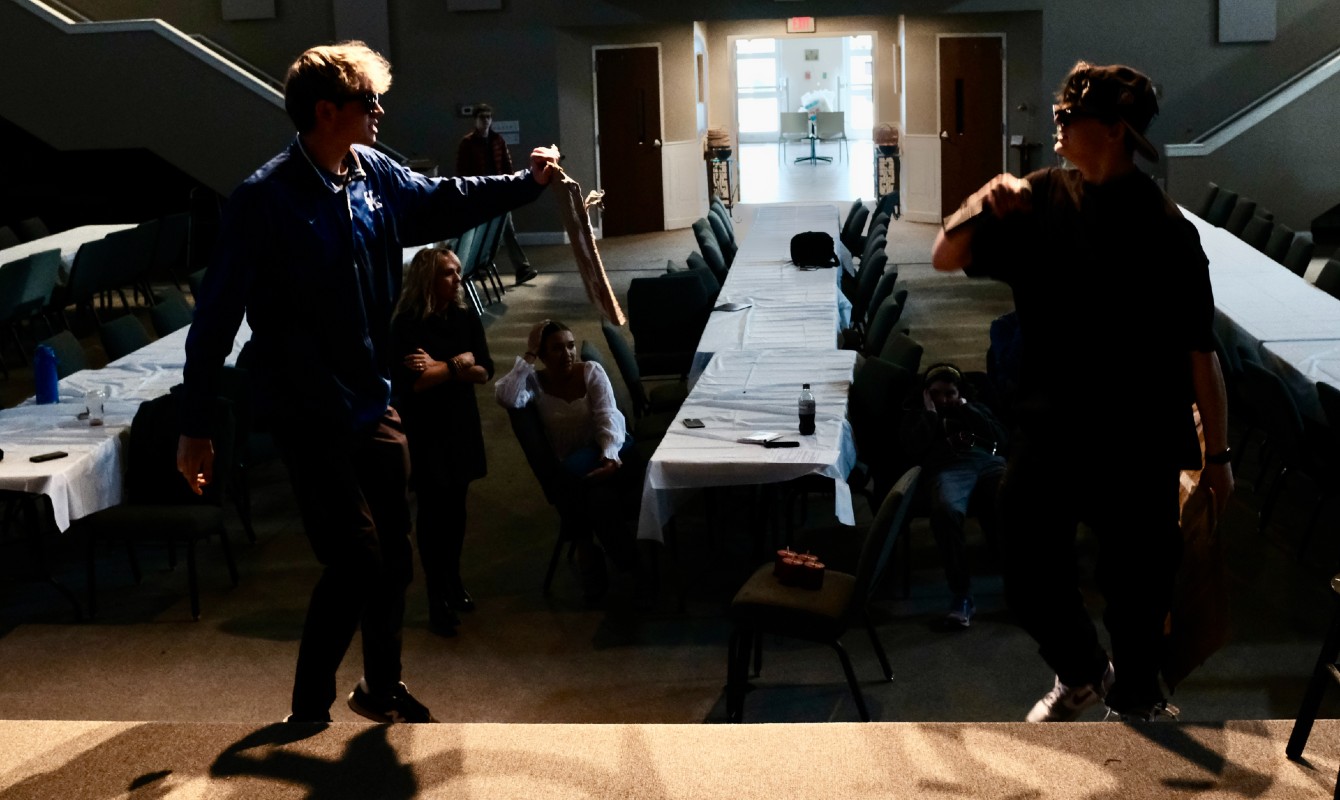
“One thing that I’m encouraged about with our youth group is that they are present at all events,” member Kelly King said. “It’s not something where they come, they meet and then you don’t see them. They are actively engaged in the life of the church.”
Comments like these aren’t a metaphorical pat on the head to the “future of the church.” Swartzentruber and Fuqua prioritize young people. The church staff has created a culture that lets young people know they matter, which emboldens them to use their gifts and live out their passion across the life of the church.
“They’re already leaders,” Swartzentruber said, “so let’s let them lead.”
That perspective has taken root over years and led the youth to step forward in an important way after they returned from a 2022 mission trip to Alabama, where they focused on anti-racism. They toured a number of important sites in the Civil Rights Movement, including Kelly Ingram Park, where Black children were sprayed with hoses; a jail cell where Martin Luther King was held; and restaurants where protestors staged sit-ins.
In Montgomery they visited the Legacy Museum, which covers the history of systemic mistreatment of African Americans, from enslavement to segregation to mass incarceration. Fuqua said the experience was profoundly moving for everyone involved.
Do you see your youth as people who are already leaders?
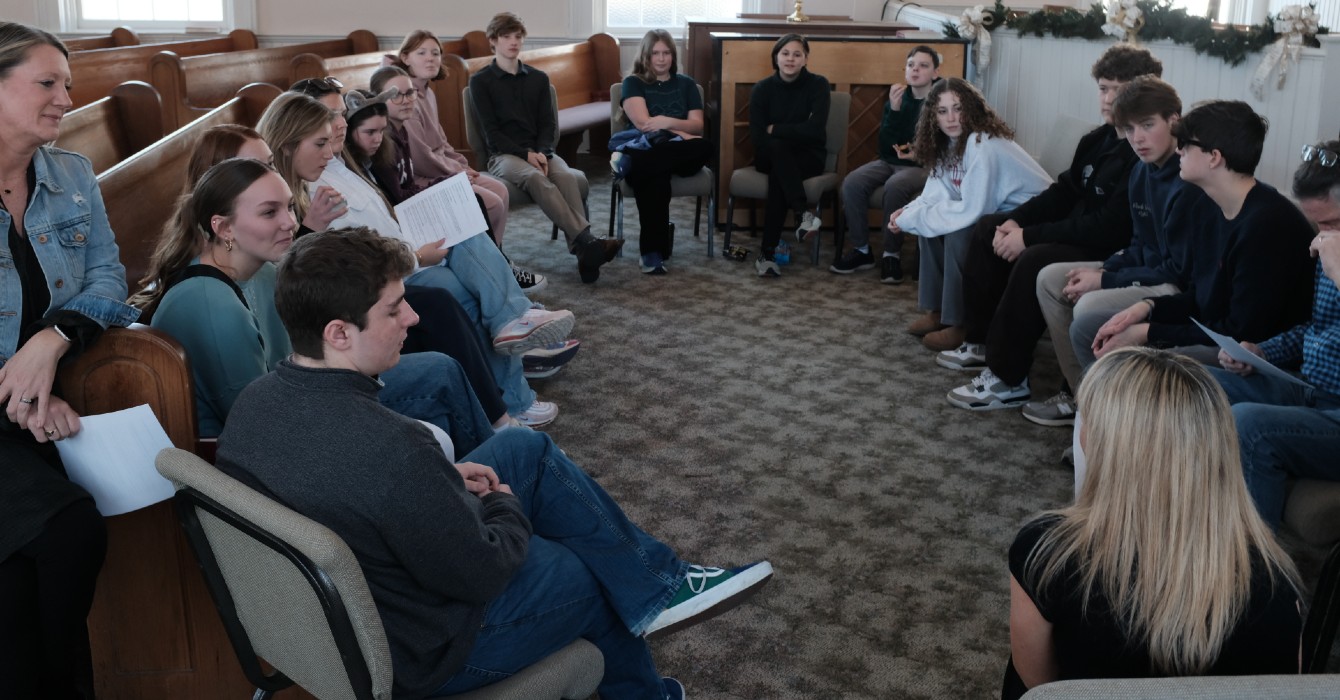
“One teenager said that the [Legacy] museum needed a place where they could just go into a room and scream,” she said.
After returning home, they found another way to make their voices heard. That fall, Swartzentruber was preaching a sermon on Philemon, in which he mentioned that Kentucky, like many states, still listed slavery as an acceptable form of punishment for a crime.
Immediately following the service, members of the youth group met with Swartzentruber to discuss what they could do to address this.
“Our discussion resulted in this wild and audacious idea of, ‘Well, why don’t we do something about it? Why don’t we try to change the Kentucky constitution?’” Swartzentruber said.
He contacted several people in the congregation who had local and state government connections to find out how to get started. The youth group met with community leaders, including church member Barbara Ellerbrook, chair of the Lexington Human Rights Commission at the time.
What audacious goals could your young people attempt and accomplish?
“Our youth were so impressive,” she said. “The questions they asked about the process were excellent.”
After a resolution was drafted, the youth presented it to the Human Rights Commission. The next stop was the Lexington-Fayette Urban County Council, where four youth spoke in support of the resolution. Then, working with a Republican state senator, several members of the youth group testified at the state capitol in Frankfort.
The resolution, now known as House Bill 121, has been cosponsored and filed by two Democrats. It still needs to go through several committees before it can be put on the ballot. Whether or not that happens depends on a variety of factors, including how many other amendments are on the table and the likelihood of bipartisan support.
But even if the state constitution doesn’t get amended, the South Elkhorn youth have learned that their voices can make a difference in effecting change in this world.
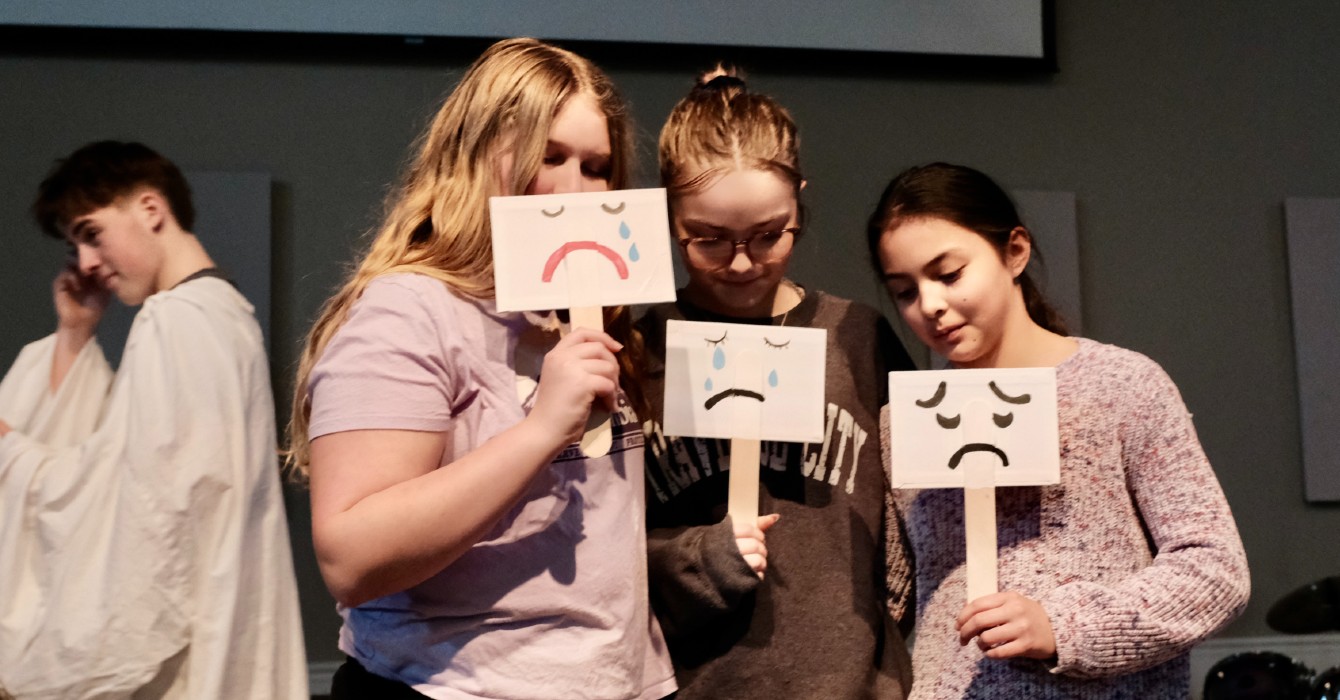
“Even though this won’t fix the racism that people face every day, I do feel like it’s a step in the right direction,” Conley said.
And it’s not just the youth who’ve been transformed through this experience.
“We realized that part of what we’re learning is, ‘How do we empower the youth? How do we make these, not just a little youth thing, but let the youth actually lead us?’” Swartzentruber said.
Those questions created space for the church’s cabinet to receive, discuss and adopt the resolution as a sign of solidarity with the youth, and the youth have encouraged the whole congregation to call their legislators in support of the amendment. South Elkhorn is now forming a task force that could work through advocacy opportunities and partner with the youth to continue addressing this and other issues that arise.
Commitment to youth
Despite its successes, South Elkhorn is not immune to the challenge facing so many churches after COVID-19: loss of community.
Because of the pandemic’s pervasive interruption of church life, Swartzentruber said, “We’re seeing that our middle schoolers don’t have the same depth of connection.”
In addition, the nucleus of the current youth group is in the last few years of high school or first few years of college, meaning that the chemistry of the group will soon shift and the leadership will once again have to nurture group cohesiveness. That’s a daunting task in a society where the church’s influence is waning, and youth have exponentially more options to choose from on Sunday.

The congregation has committed to hiring a student minister who will be devoted primarily to the middle school group, allowing Fuqua to recommit her time and attention to children’s ministry, in hopes of replicating the long-term connections of the current group.
“We hope to reinvest in early childhood development because we know that will bear fruit in youth ministry,” Swartzentruber said, eschewing the tyranny of the urgent for a more patient, sustainable long view.
The new student minister isn’t solely responsible for growing the youth program, Fuqua said. “We have decided that we will alternate with both children and youth. It’s imperative that the youth person is involved in the children’s program and vice versa.”
In addition, Smith will focus on building community among the parents of the youth so they can bond over their shared experiences, weaving webs of support.
And, if the young people have their way on Youth Sunday, they will also be shining lights.
“That’s who we are at South Elkhorn,” Fuqua said. “We are a lighthouse. And my calling is to teach the youth how to be the light in the world. So, the light we shine is working with the amendment, and with camp and with the community and within our church. That sums up who we are.”
How can your organization overinvest in children and young people?
Questions to consider
- How do youth in your church view their place in worship and other leadership roles?
- Layers of support and opportunity are part of the experience at South Elkhorn. What might that look like at your church?
- Being intentional about the formation of young people at all levels has contributed to the close relationships among them as they have grown up. Are there tight-knit relationships like this in your church? If so, how could you build on them?
- Do you see your youth as people who are already leaders?
- What audacious goals could your young people attempt and accomplish?
- How can your organization overinvest in children and young people?







